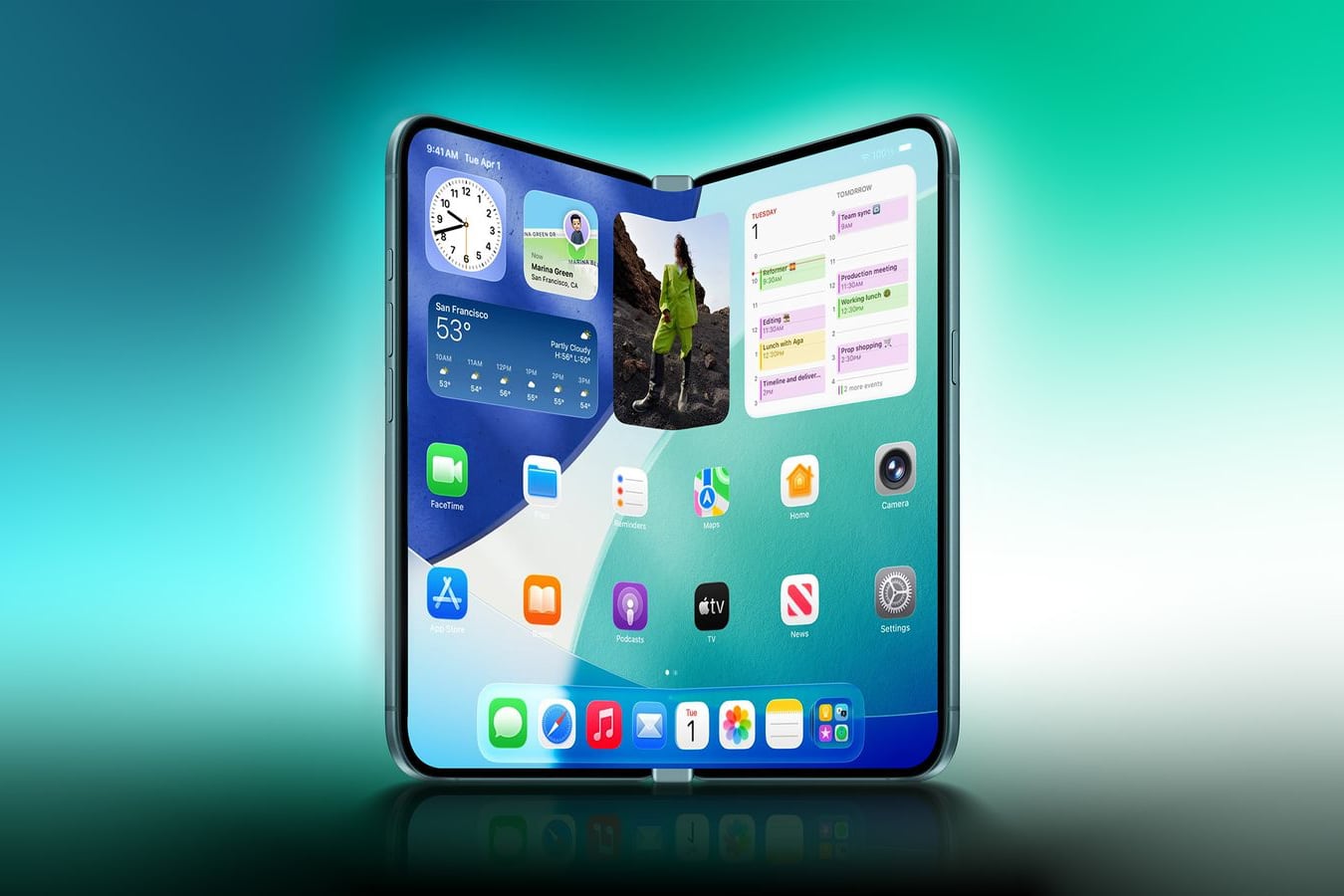Amazon wants to give new impetus to transform its Kuiper Project into the largest Internet service provider on the planet, and now, after demonstrating 100 Gbps optical links between its prototype satellites, the company will include laser links in all satellites in its constellation to form a mesh network in space.
“Our prototype KuiperSat-1 and KuiperSat-2 satellites include an advanced optical communications payload. We have completed multiple successful demonstrations of this next-generation technology, supporting 100 gigabits per second (Gbps) links over a distance of nearly 621 miles (1,000 kilometers) throughout the testing period. These tests validated the final component of Project Kuiper’s advanced communications architecture, and the results ensure that OISLs will operate on our first production satellites, scheduled to launch in the first half of 2024,” Amazon said in a statement.
“With optical communications between satellites through our satellite constellation, Project Kuiper will effectively operate as a mesh network in space,” said Rajeev Badyal, vice president of technology at Project Kuiper. “The system was designed entirely in-house to optimize speed, cost and reliability, and the entire architecture worked perfectly from the start. These immediate results are only possible because we view our OISL architecture as part of a fully integrated system, and it is a testament to this team’s willingness to innovate on behalf of customers. “We are thrilled to be able to support these next-generation OISL capabilities on all Kuiper satellites from day one.”
How this orbital mesh network will work
This Orbital Mesh Network (OISL) uses infrared lasers to transmit data between spacecraft as they orbit the planet. Rather than being limited to sending data between an individual satellite and ground-based antennas, OISLs allow satellites to send data directly to other satellites in the constellation.
“We equip each Kuiper satellite with multiple optical terminals to connect multiple satellites simultaneously, creating high-speed laser crosslinks that form a secure and resilient mesh network in space. These capabilities improve performance and reduce latency across our entire constellation, and provide greater flexibility to connect Kuiper customers on land, sea, air and space,” says Amazon.
Another advantage of OISL is the speed at which you can move data around the world. Light It travels faster in space than through glass, meaning the orbiting Kuiper laser network can transmit data about 30% faster than if it traveled an equivalent distance over terrestrial fiber optic cables.
“Amazon’s optical mesh network will provide multiple paths for routing data across space, creating resiliency and redundancy for customers who need to securely transmit information around the world,” said Ricky Freeman, vice president of Kuiper Government Solutions, a dedicated business unit within Project Kuiper. customer service oriented public sector. “This is especially important for those who want to avoid communications architectures that can be intercepted or interfered with, and we look forward to making these capabilities available to public sector customers looking to move and deliver data from remote locations to their desired destination.”
Source: Digital Trends
I am Garth Carter and I work at Gadget Onus. I have specialized in writing for the Hot News section, focusing on topics that are trending and highly relevant to readers. My passion is to present news stories accurately, in an engaging manner that captures the attention of my audience.










